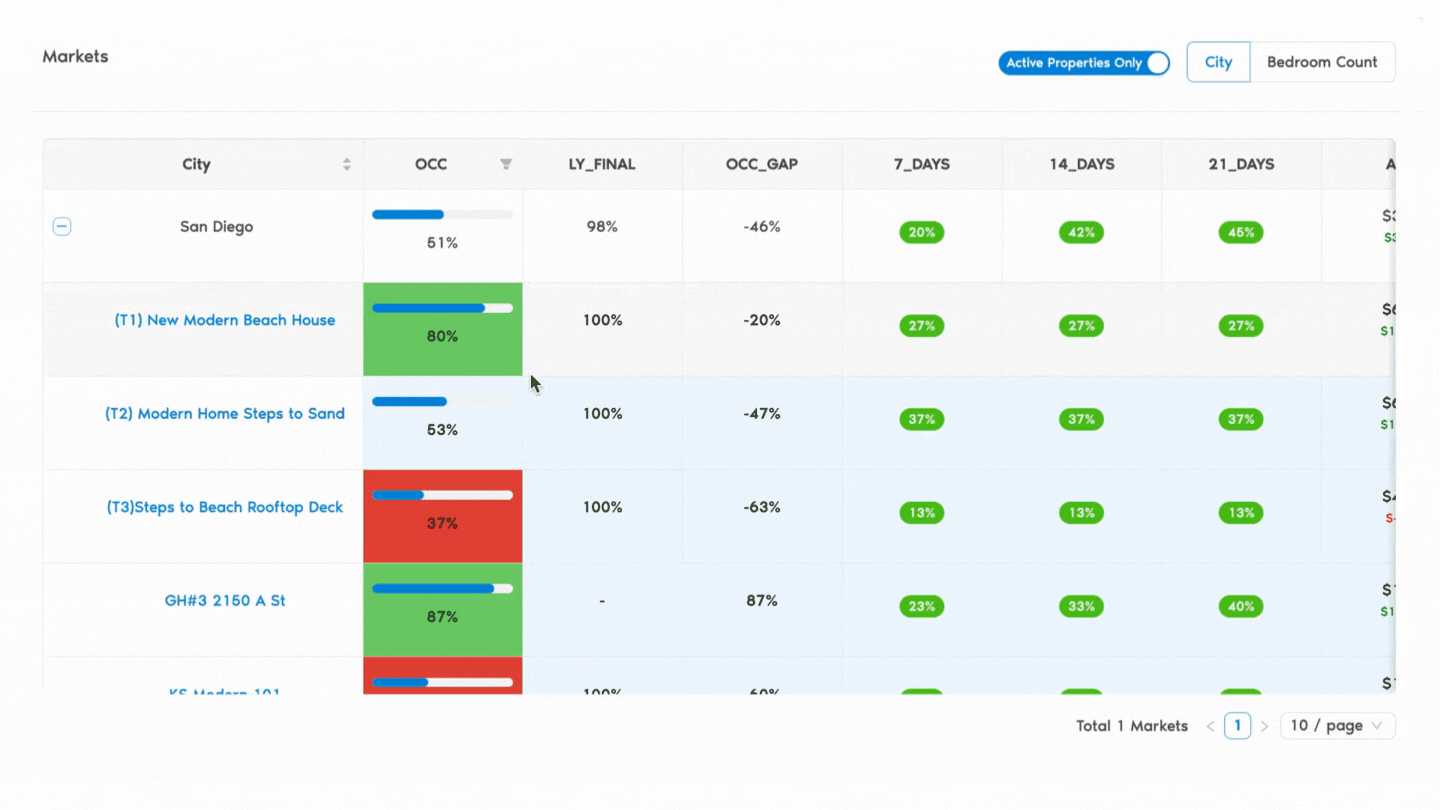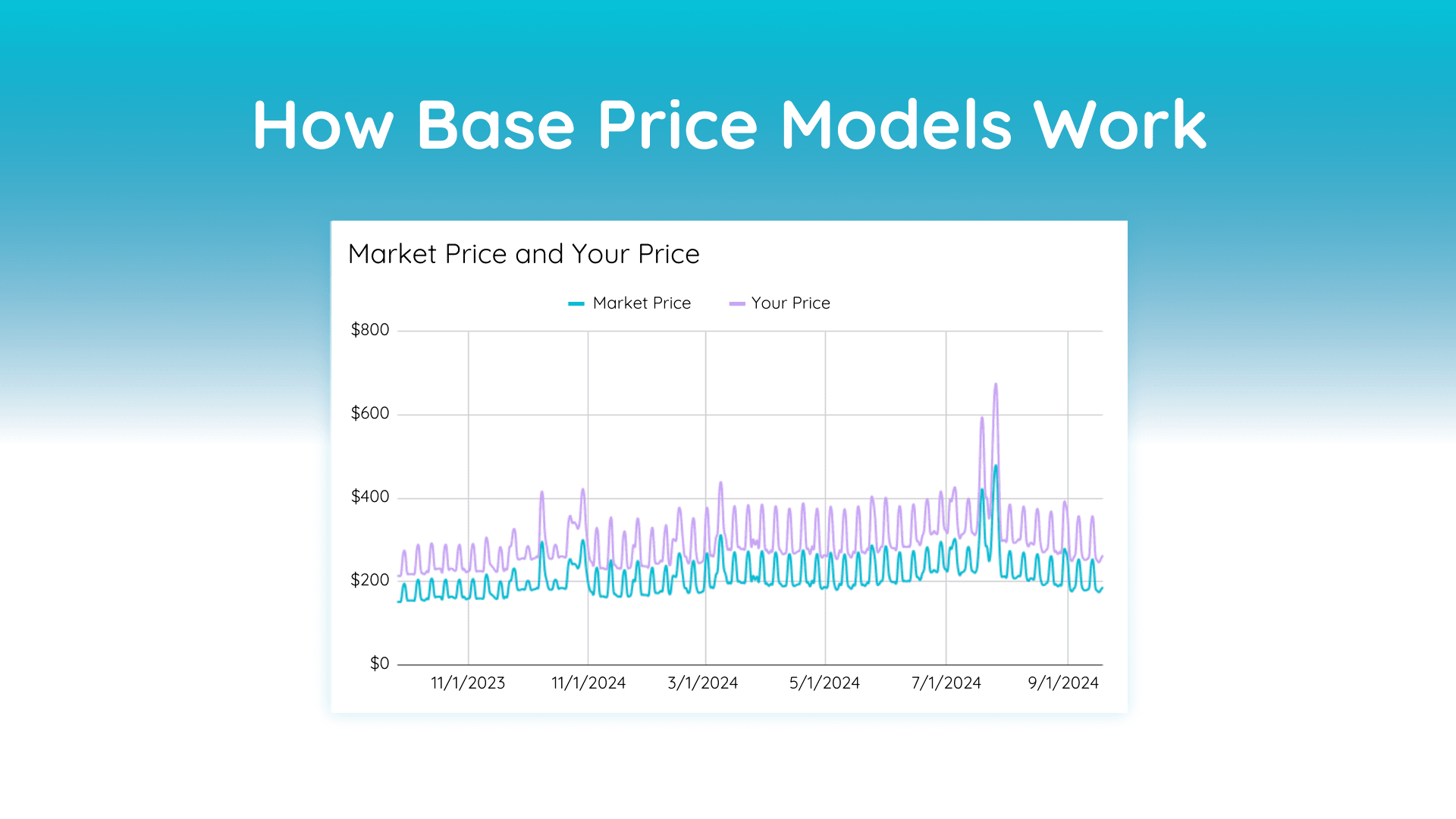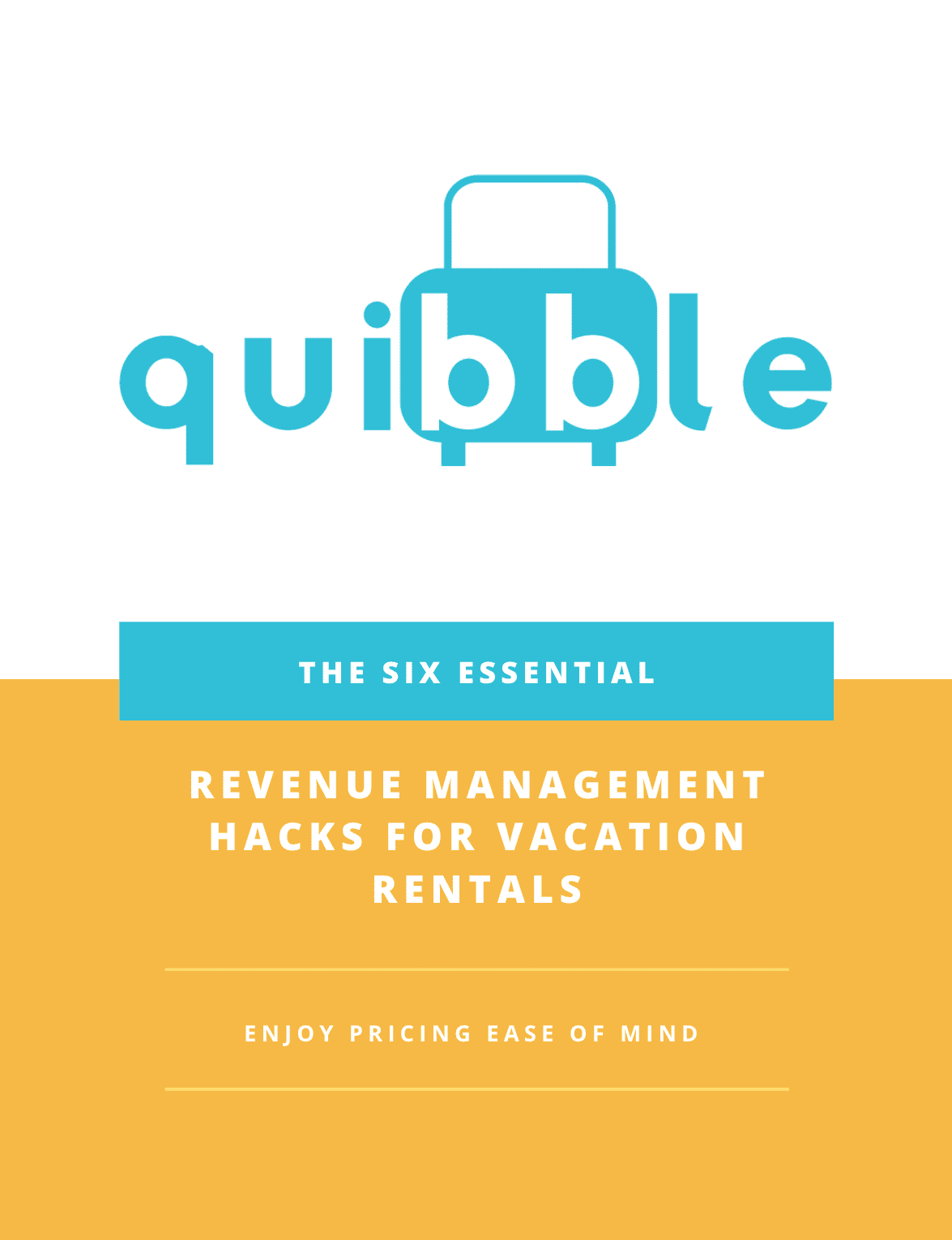Vacation and Short-Term Rental
Industry Terms + Definitions
We are here to help and share knowledge with you. Browse through the different terms and definitions to explore more in-depth the subject at hand.
A*
– Availability

Availability is the number of calendar rental days a property is bookable. It is one of the metrics revenue managers use to calculate property occupancy.
– Average Daily Rate
Average Daily Rate (ADR) is calculated by dividing the total rental revenue by the total amount of occupied nights. It is important to track your daily average rate and test out your guest’s price elasticity given your occupancy base. Look for the day of week patterns and push your rates where you booking compression.
– Average Transaction Value
Average Transaction Value (ATV) is calculated by dividing the total amount of gross booking revenue by the total reservation count. ATV helps vacation rental managers understand cash flow and adjust operational costs as necessary. ATV is affected by seasonality, LOS, and ADR.
B*
– Best Available Rate
Best Available Rate (BAR) is a pricing method used to provide the lowest price for a unique rental night BAR helps set price floors for a specific period, thus helping maximize your overall revenue through occupancy optimization.
– Booking Curve
A Booking Curve is a visual representation of your booking pace and rates. The curve is calculated using your available daily nights, occupied nights, and total rental revenue. Booking Curves help determine dates with yield opportunities and price constraints. Most revenue managers use a standard tool to optimize rate strategy for any given period.
– Booking Pace

Booking Pace is a measurement of conversion rate velocity in whole numbers. Booking Pace can be expressed utilizing daily revenue and booked nights for a specific period. Understanding Booking Pace and identifying patterns help revenue managers increase RevPAR performance through inventory and rate optimizations. It also can help maintain a healthy listing conversion rate, thus increasing the listing’s overall impression count.
D*
– Demand
In hospitality, Demand is the number of rental nights that guests are willing to book at a given price during a given period of time. Understanding demand patterns help revenue managers craft a cohesive pricing and revenue management strategy.
Related Publications
– Demand Curve
Demand Curve is the relationship between price and quantity demanded. Demand Curves help understand dates of high compression thus having less price elasticity.
– Distribution Channel
In travel & hospitality, a Distribution Channel is a platform facilitating the buying and selling of travel products such as vacation rentals, cars, and airline seats. Distribution Channels can be online and offline. Some distribution channels are OTA, FIT, Tour, Corporate, and GDS. Distribution channels are tools to increase product reach and can help to reach clientele in business and leisure travel. Most distribution channels charge a flat percentage on gross booking revenue excluding taxes.
F*
– Forecast
A Forecast is a prediction of a future event. In hospitality, forecasts are a valuable tool to understand trends and performance. Forecasts are used to manage a vacation rental company’s resources. It guides housekeeping needs, check-ins, check-outs, and maintenance planning.
Related Publications
– Free Independent Traveler
Free Independent Traveler (FIT) is a type of guest who books their own travel arrangements. They differ from group travel as groups book predefined travel arrangements. FIT is a guest segment typically associated with transient leisure. Many hospitality companies have FIT for their corporates clients in an effort to increase revenue through the leisure segment from a pre-established business relationship.
G*
– Global Distribution System

A Global Distribution System (GDS) is a computer network system enabling transactions for travel industry service providers with travel agencies. Global Distribution System can help you reach potential business and tour guests. The four main GDS are: Amadeus, Sabre and Travelport. Very few vacation rental management companies are connected to the GDS representing a potentially big revenue opportunity.
– Gross Booking Revenue
Gross Booking Revenue is the total revenue collected per reservation from the guest. It includes rental revenue, taxes & fees. Gross Booking Revenue is a basic metric and useful to understand margins at the reservation, property, and portfolio levels.
– Gross Operating Profit Per Available Rental

Gross Operating Profit Per Available Room (GOPPAR) is a key performance indicator for the vacation rental industry. It is calculated by dividing your gross operating profit by the total rental units. GOPPAR is used as an easy and quick way to assess asset performance and calculate a business’ valuation.
I*
– Inventory
Inventory is the number of vacation rentals available for a property manager to distribute and sell through online and offline booking channels. Inventory makes it possible to decide which properties you want to keep available during compression dates thus increasing your revenue potential.
L*
– Length of Stay
Length of Stay or LOS is calculated by dividing the total number of occupied nights by the total count of reservations. Reservations with higher lengths of stay have better margins than shorter stays. It also helps decrease wear and tear associated costs while increasing overall occupancy.
N*
– Net Rate
Net Rate refers to the take rate of your average daily rate after all commissions, taxes, and fees are removed. Net Rate helps you understand your distribution costs and optimize your inventory strategy to increase profitability.
O*
– Occupancy
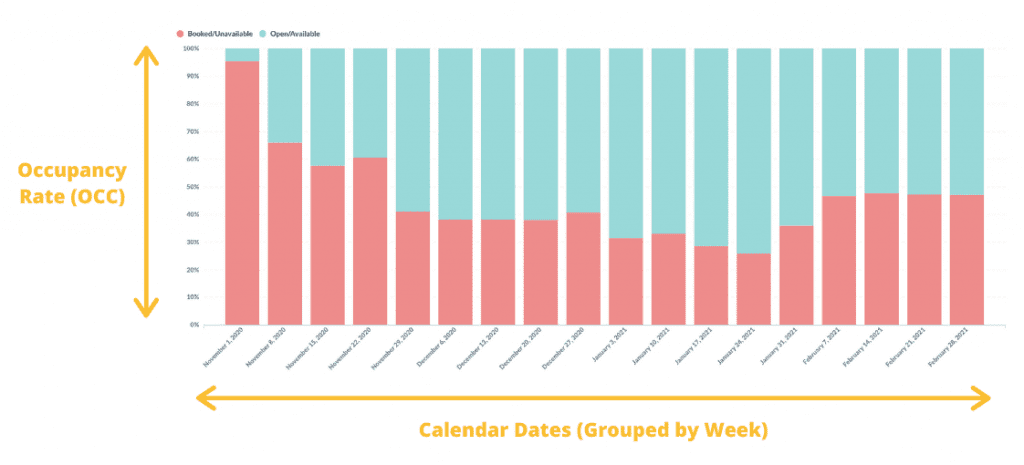
Occupancy (OCC) is calculated by dividing the number of occupied nights by the number of available nights. Make sure to keep track of your daily occupancy rate. Occupancy lets you know your property utilization and provides insight on opportunities to increase or decrease rates to maximize your rental revenue performance. Knowing your daily occupancy will help you make forecasts and set average daily rates.
– Online Travel Agency
Online Travel Agencies (OTA) are a type of distribution channel selling travel-related services via the internet. OTA can help you increase brand and listing awareness while providing revenue opportunities for guests you otherwise would have a hard time reaching.
Q*
– Qualified Rate
Qualified Rates are specific price points for a guest with a proven affiliation, such as active military, government, and AAA member. Qualified Rates help diversify your revenue stream and increase conversion rate by attracting specific guest pools.
R*
– Rack Rate
In hospitality, Rack Rates are the official price for any given night at a hotel. All other rates, such as Discount, Seasonal and Qualified rates, are derived from Rack Rates. Dynamic forecasting and pricing do not use rack rate as each day is treated with a unique set of parameters.
– Revenue Per Available Room
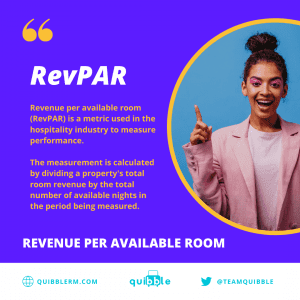
Revenue Per Available Room or RevPAR is a metric calculated by dividing a property’s total room revenue by the total number of available nights in the period being measured. Revenue per available room (RevPAR) is a metric used in the hospitality industry to measure performance.
Related Publications
S*
– Seasonal Rates
Seasonal Rates are customized daily rates for a specific time period e.g. holidays and special events. Normally seasonal rates are implemented during compression dates to increase revenue through yield optimization.
– Seasonality
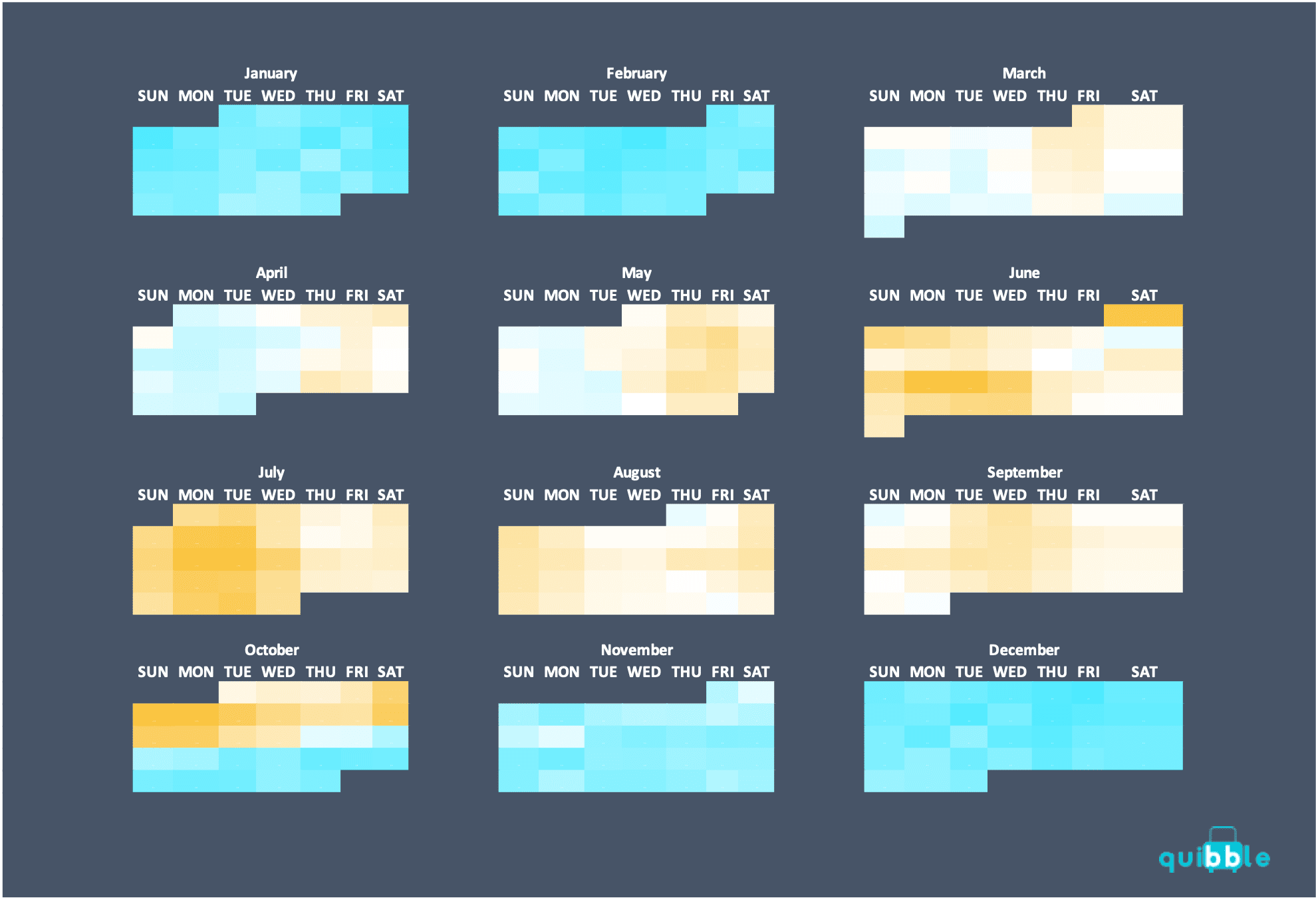
In hospitality, Seasonality is defined as the changes in demand patterns that occur at specific and regular intervals within a calendar year. Identifying seasonality patterns will help adjust your forecast and align your occupancy and average daily rate goals. Seasonality helps you set an appropriate rate strategy as not all calendar days have the same demand pattern.
Related Publications
Y*
– Yield Management
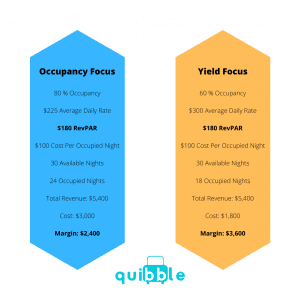
Yield Management is the science of determining the highest possible booking price at a given time. Invented in the 1970s by airlines, yield management now can be found in industries such as hotels, vacation rentals, retailers, car rental companies among many others.
Join our newsletter
Dominate the short-term rental market with cutting-edge trends
Join our newsletter
Dominate the short-term rental market with cutting-edge trends




